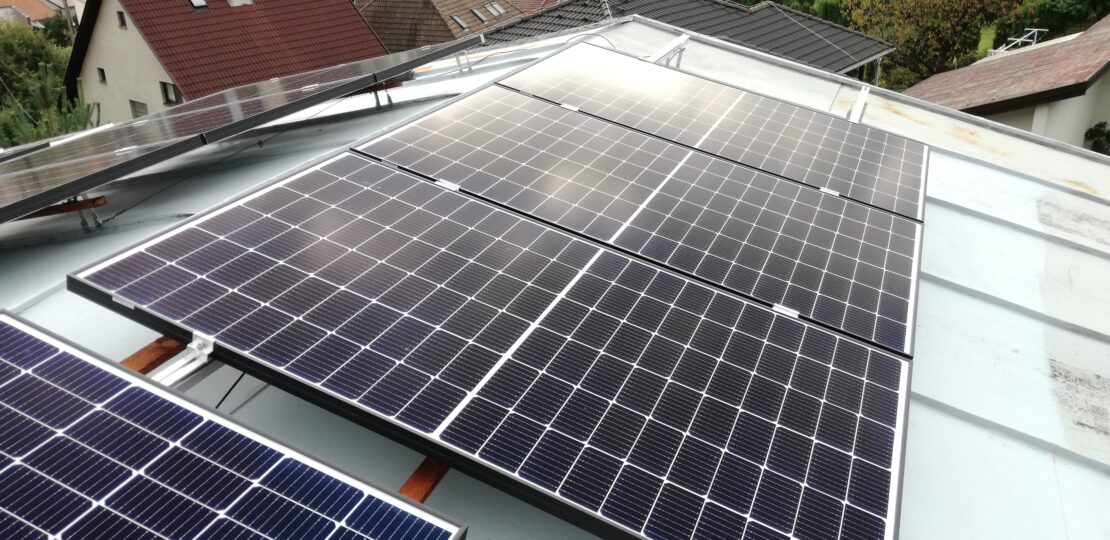
This one is about the Sun, our beloved G2V main sequence star we appreciate. It’s almost a year since we installed small solar power plant on our roof. I’d like to give some tips for other solar home enthusiasts because not having solar panels on the roof is just wasting of it. Unless you have a green roof, but you don’t.
Motivation. We started planning the whole project in the late 2020 – early 2021. We are constantly trying to find ways how to reduce personal carbon footprint, but honestly, the trigger was when I realised that photovoltaic (PV) panels are relatively cheap, something like 40 cents per W for high quality branded mono-crystalline panels. Around the same time a new round of green grants from the government were announced and application opening was about to start so it was good timing also from this perspective. I will provide some details about the grant process and legalisation in the end. One of the incentives was also an ownership of the electric car which we can now often claim to be solar car. Steady peak daily production in the late spring – early autumn is well over the wall plug charging power of Nissan Leaf II (2.2 KW). Everything is clicking so nicely solar-wise in this household.
Planning. I reached out to many PV companies and got many overpriced offerings. I was pretty confident we can make mechanical-installation part ourselves. So I was looking for a company that has “e-shop prices” of panels and inverters and would be willing to cover just the electrical part of the installation. And luckily I found one. The demand for PV installation at that time was high and they were so busy that they were even happy to do it in this cooperative setting.
The basic design I was aiming for was on-grid home solar power station, i.e. feeding electrical energy back to the grid. Early on I discarded design with batteries as being 3 times as expensive, technically quite complicated and because old batteries are quite an environmental burden. With on-grid system you have PV array, on-grid inverter and that’s basically it, apart from small things like circuit breakers, fuses, cables, etc.
First thing you need to consider is where on your house or property you want to put your panels on. For us this changed during the course of the project couple of times. Don’t worry to change your original design during the process if it turns out to be non-optimal. I even changed the placed order last minute because of some things we realised. All in all, we ended up putting the panels on the roof, pretty conservatively, the option we originally discarded being afraid of wind tearing the panels off of the roof and other hypothetical low-probability scenarios. Also one of the concerns was that the roof has exact east-west orientation with low tilt so quite far from the optimal south orientation and steeper tilt. This nice simulation helped me to alleviate the fear of non-optimal geometry. Low tilt is actually good thing in this case. You can play with azimuth and tilt of panels and observe changing yearly, monthly, daily, and hourly production of your PV plant at your location. Now after a year of having PV on our roof and metering it for the whole season, I can tell this simulation is quite precise. One other reason why you often want to put panels on your roof is shadow. Planning the PV system, you constantly live in the fear of shadow. Shadow is your biggest enemy, along with under and over voltage in the grid which is something We did not consider at all before the plant was already running for some time. Shadow on one panel can even compromise output of the whole string of panels [ref.].
Regarding string architecture. The eastern facade has better power yield than western in our case because of the late afternoon shading effect from the nearby hill and forest but we still ended up using 2 parallel strings 5 panels each, symmetrically east-west .There are other things you need to consider when designing your PV strings, like minimum and maximum voltage and current of the string (these depends strongly also on the temperature and there is only a range of values which your inverter allows), or starting voltage of your inverter. Also if you are using two strings and you expect them to face different physical conditions, like illumination (shading level) or temperature, you should consider inverter with multiple MPTTs, or maybe you don’t need to. And yes, the panels in a given string have to be of the same specs, ideally even the same manufacturer and type, glad you asked. Some useful references on these topics are here, here, here, and here.
Specs. Let’s look at some specs of our solar power plant. Solar energy is gathered by 10 Canadian Solar mono-crystalline panels with 365 kWp each. Inverter taking care of DC-AC conversion is GoodWe 3000 D-NS with 2 MPPTs and WiFi connectivity. We have chosen inverter with 2 MPPTs. Simplifying things a bit, MPPT is an algorithm which is trying to extract maximum available power from a PV string under certain conditions. Having two PV strings experiencing different conditions you can benefit from having an inverter than can optimize 2 strings separately. In our setup, the inverter is connected to just 1 phase. Consumption is of course on all 3 phases but the distribution company is measuring real-time consumption and subtracting power fed to the grid in real-time so you don’t really need a 3-phase inverter in our country. These are usually much more expensive than 1-phase inverters. All distribution companies in Slovakia are supposedly doing it this way. You can check other technical specs of the inverter we have chosen here. Efficiency is close to 98%. We have it inside the house, but it is possible to install it outside if shielded from the rain. Installing inside it’s easier to prevent overheating, you don’t need to fear extreme weather, it operates more optimally at room temperatures, and you can then expect longer lifetime as well. And it’s quite small box 354 × 433 × 147 mm in our case.
Production. I will write special article about the whole season energy production and provide detailed monthly numbers next time. Here are just couple of examples for motivation with your own solar project.
In the figure below, you can see typical June day production. Lots of electricity is produced between 9 AM and 4 PM. There are many ways how to take advantage of this free energy. People often feed excess electrical energy to electrical resistance heater installed in their warm water boiler using gadget called wattrouter. You don’t even need that if you have AC, electrical or heat pump water heater, or an electric car. In central Slovakia it is allowed to feed excess also back to the grid and make use of the so called virtual battery, see the part in the end of the article.

Almost 600 kWh were produced in June, figure below. The income reflects price of kWh in 2021 which was 0.13 euro per kWh including all fees. Considering the energy prices inflation in 2022 and upcoming 2023 this can save you quite some buck.

Metering. Is important to know what is going on with your PV system in real time. Knowing how much you are producing right now will eventually teach you to know the number without even looking at the app by just looking outside and on your watch. Importantly, it will also change your consumption patterns, for example it will come very naturally that you start your washing machine or dishwasher at times sun is expected to shine the most. Another important case when you appreciate metering is troubleshooting problems, e.g. when your system is experiencing sudden outage due to under or over voltage. Our inverter itself has some smart capabilities like reporting voltages, currents and power but it’s not really real time, often with minutes delay, and GoodWe app is far from responsive. I was writing about Shelly devices and how much I like them in the past. Hence it doesn’t come as surprise that we use another Shelly device, Shelly 3EM, for real time three phase metering of the whole house. Nice video introducing Shelly 3EM – here. I mentioned troubleshooting, early on we had a problem with inverter experiencing frequent restarts because of under voltage in the grid. With Shelly we were able to identify the least affected phase and we eventually connected inverter to that phase.

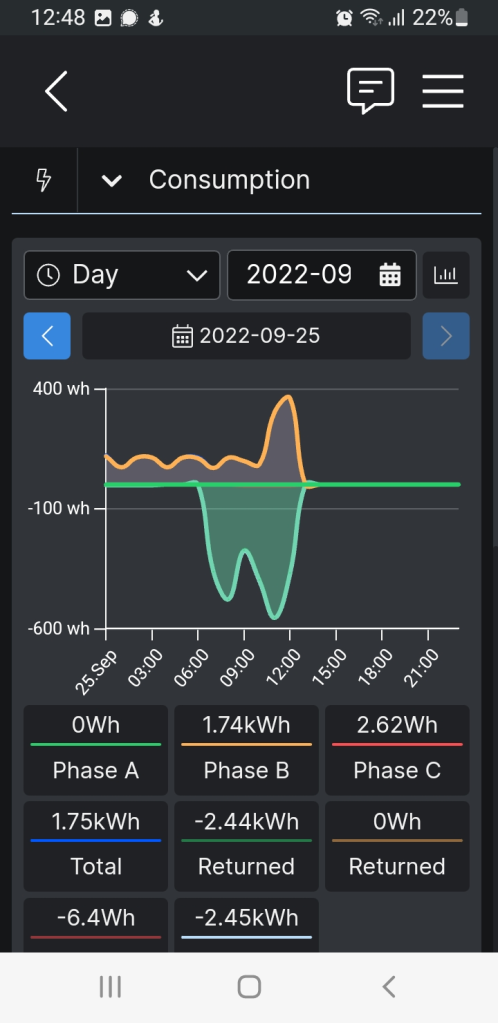
Costs. Let’s be transparent about the money. The power station costed 3400 euro including VAT, electrical project &revision, grant and legalization consulting, transportation, and electrical installation from a Slovak PV installation company. Out of this 920 euro was cost of services, the rest was material like panels, inverter, cables, circuit breakers, overvoltage protection, etc. Let’s keep the company nameless but I can provide you the reference if you want, I was very satisfied with them. Checking with other companies during the process I often got quotation that was 2-3 larger, especially utility companies doing PV installations are extremely overpriced in my opinion.
We did the mechanical installation of the panels ourselves. Aluminium railing and anchors costed 200 euro. Shelly 3EM 3 phase meter, see Metering part, costed about 100 euro. SEIA granted us 1500 euro after legalisation of the plant was finished. So the total direct investment was around 2200 euro in the end. Pretty good. And we were also finally forced to paint our roof which is now beautiful on google maps bird’s-eye view and corrosion free.
What about solar panels and inverter expected lifetimes? For modern panels like our Canadian Solar-s, first year degradation is expected to be < 2% and the following years degradation < 0.5% per year. Warranty is 25 years on panel output and 12 years on material defects. Panel-wise you should be just fine for decades. Regarding inverter, this is the part expected to fail after some time. Expected lifetimes are around 10-15 years. Our inverter costed around 700 euro, so similar investment is expected after 10-15 years. Hopefully not less. Manufacturer warranties are 5 years typically.
Grant. This is subject to change frequently in Slovakia and you can find the latest information here. There is currently also another grant scheme here.
For us the grant process was quite straightforward:
- check whether you as owner, your property, and solar panels you have chosen are eligible to be funded
- submit request for a voucher via web interface, you need to provide list of ownership of your property, after that your request is in the buffer progressing slowly towards being issued – for us it was about 7 months
- contract with PV installation company and pay for the whole project in advance; I also granted rights to the PV installation company to carry on with administrative communication with SEIA – grant provider agency and SSD – electrical distribution company
- installation of the plant
- legalisation with the distribution company, see next part
- voucher was issued to PV installation company and they reimbursed us back as We originally payed the whole price of the project to them
Legalisation. This depends on your distribution company (distribution, not seller!, SSD in our case, not SSE). For SSD, the whole process is nicely described here. As part of the request you need to provide electrical schema – PV installation company is usually taking care of this for some fee. If you don’t have smart energy meter from distribution company already on your house then meter change is also part of the process. No fees are associated with this change. If you plan to push electricity back to the grid and use the so called virtual battery eventually then you also need a 3-way contract you-distribution-seller called “Zodpovednosť za odchýlku účastníka trhu s elektrinou”, also this part is covered in the quoted link above and you can find pdf contract template there as well. After installation, legalisation took about a month in our case.
Virtual battery. This service is offered by electricity providers (e.g. SSE, ZSE, VSE, Magna) and it means that they are reimbursing you to some extent for pushing your overproduction of electricity to the grid. For instance virtual battery from SSE in 2022 allowed you to use up to 2 MWh of your overproduced electricity during the course of a year. One additional glitch apart of the overall cap is that you have to still pay all the distribution fees which are about half of the whole price, i.e. you are not paying for the energy itself just that part of the price which is attributed to its distribution. So the theoretical savings are about 2000*0.06 – 24 = 96 euro assuming 2021 electricity prices and that you use the whole capacity of the virtual battery. 24 euro is their yearly service fee. You should still prefer to consume most of your electricity to reasonable extent. You can do that for example by switching your regular consumption patterns to times when you have the most overproduction. You don’t need to run dishwasher late in the evening you can do that in the morning when the Sun is high. Electric vehicle or boiler heat pump are also good sinks of overproduced electricity.
Having PV on the roof changed behavior and habits of the whole family, for better. Expect my take on this some time in the future.
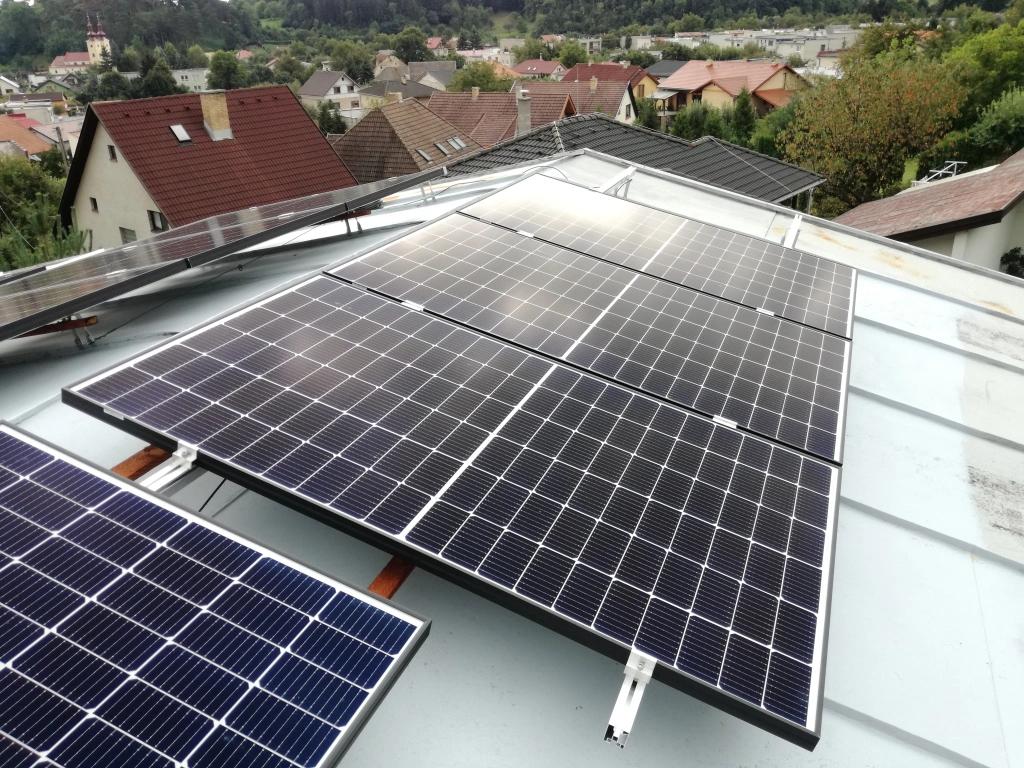




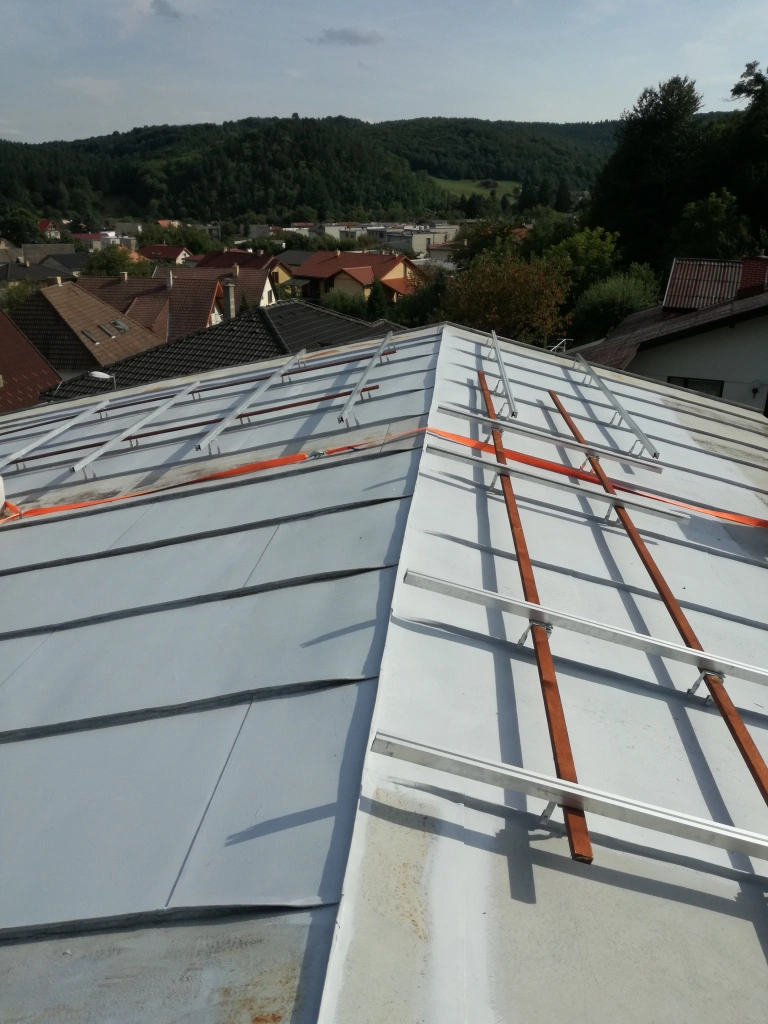
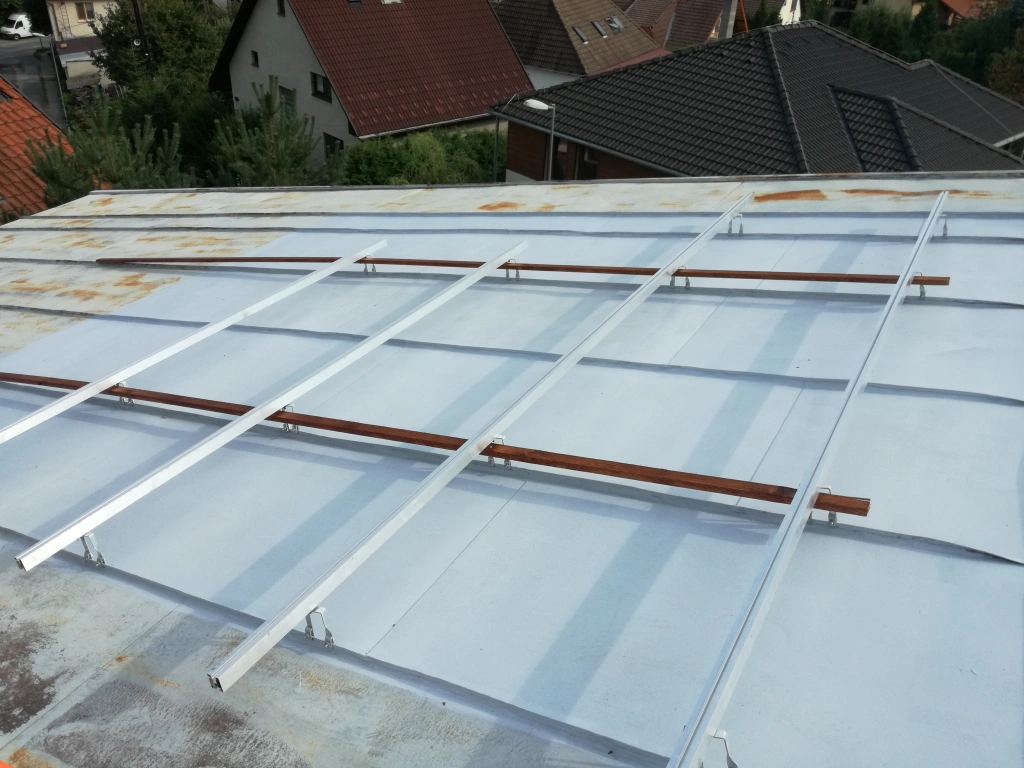



RELATED POSTS
View all

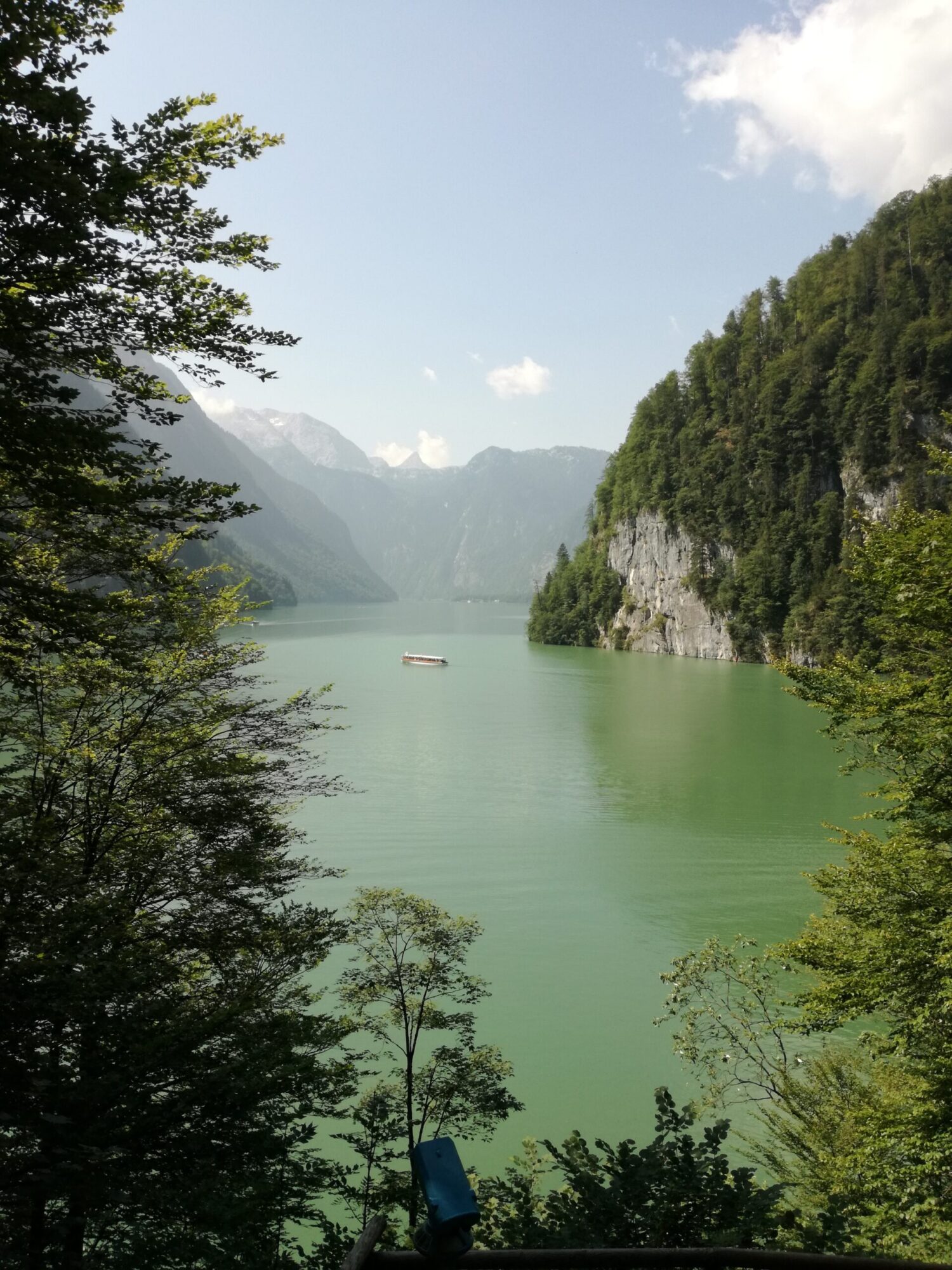
Leave a Reply